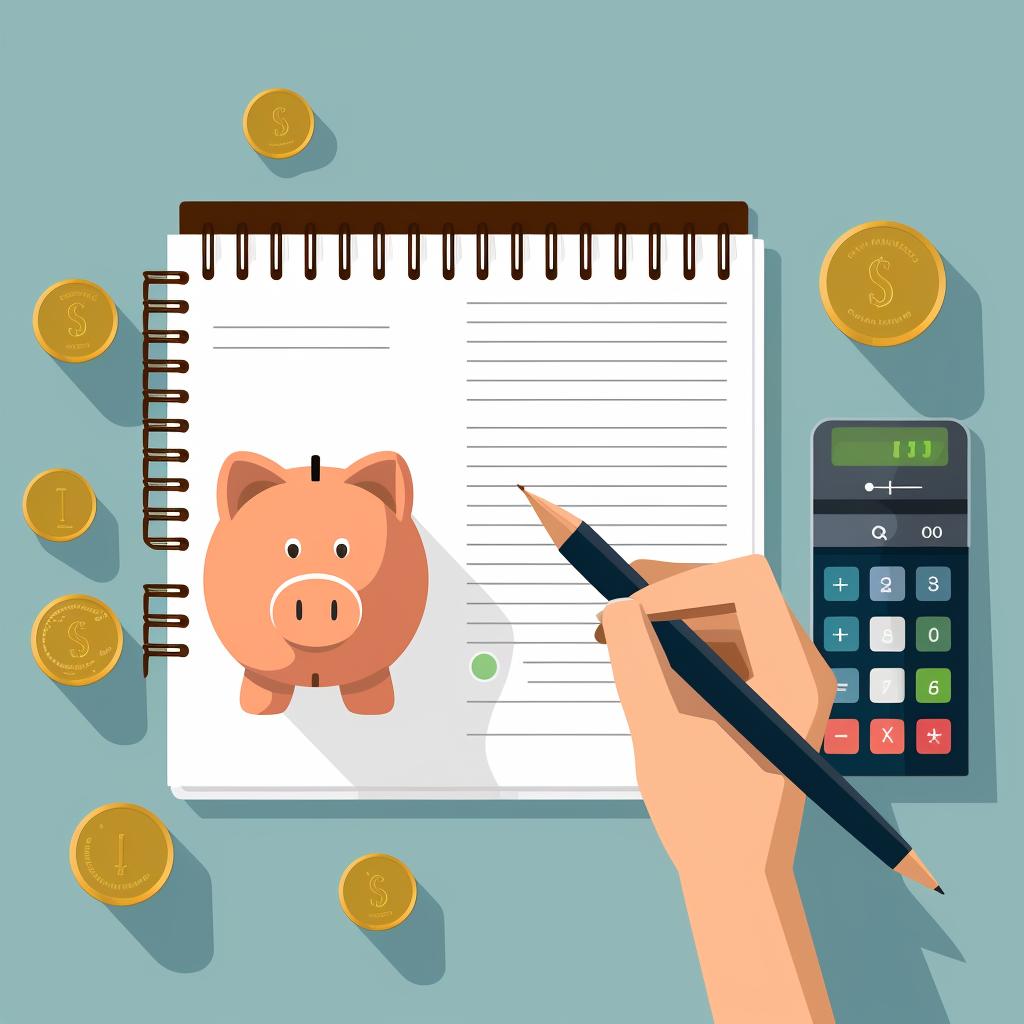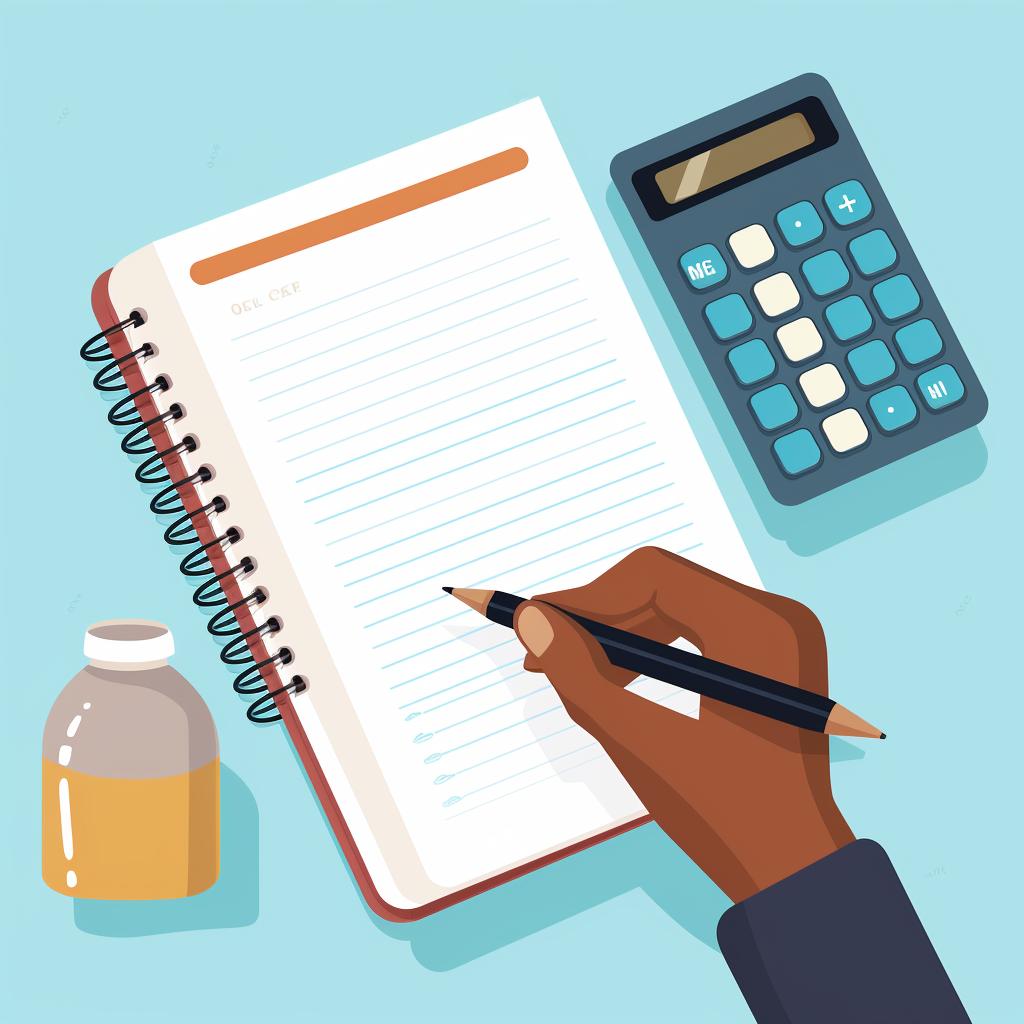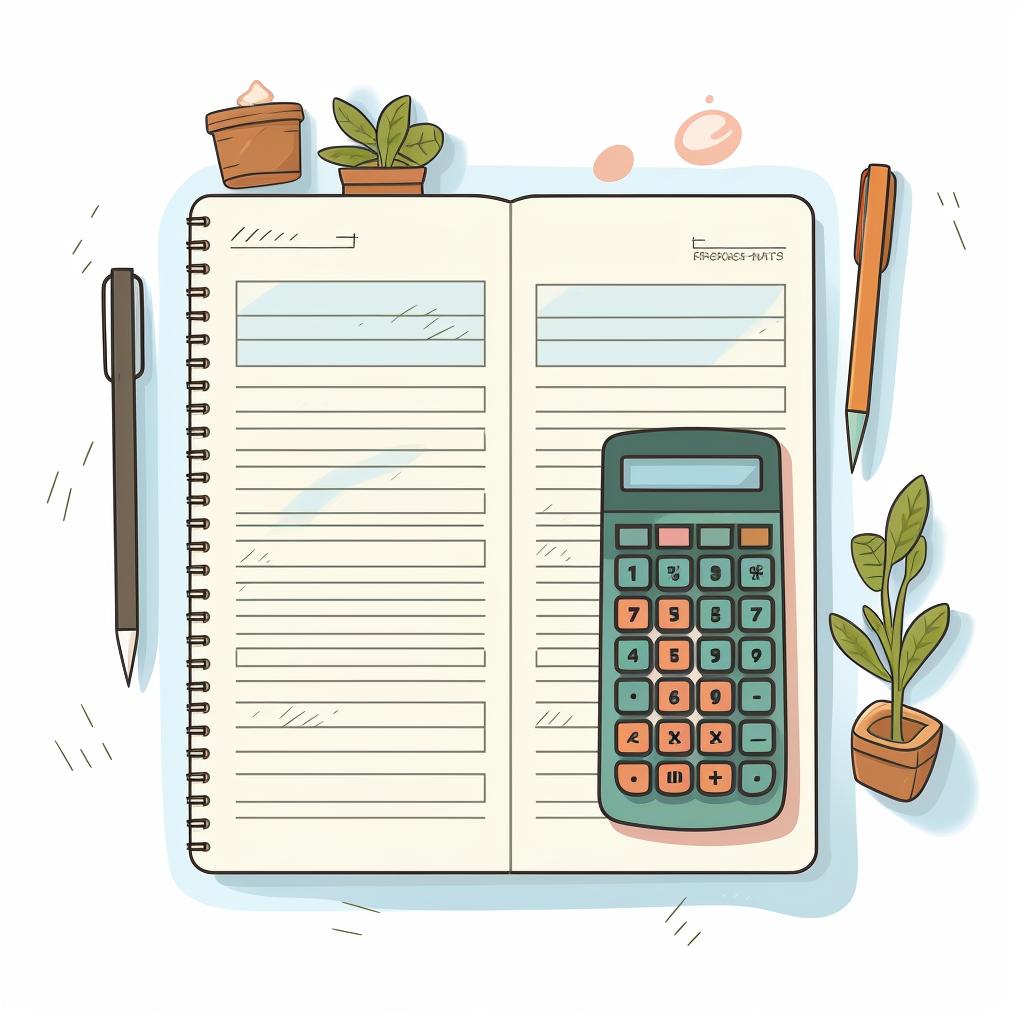📔 Mastering Your Budgeting Journal for Maximum Savings
Mastering Your Budgeting Journal for Maximum Savings
Are you tired of living paycheck to paycheck? Do you want to take control of your finances and start saving money? Look no further than your trusty budgeting journal. By following a few simple steps, you can master your budgeting journal and maximize your savings.
Step 1: Identify Your Financial Goals
The first step in mastering your budgeting journal is to identify your financial goals. Whether you're saving for a dream vacation or planning for retirement, it's important to have a clear vision of what you want to achieve. Take the time to write down your goals in your budgeting journal. This will serve as a constant reminder of what you're working towards.
Step 2: Track Your Expenses
To gain a clear understanding of where your money is going, track your expenses for a week or a month. Every penny counts, so make sure to jot down even the smallest purchases. By tracking your expenses, you'll be able to identify areas where you can cut back and save more. Your budgeting journal will become a valuable tool in helping you make informed financial decisions.
Step 3: Create a Budget
Based on your expenses and income, create a realistic budget. Start by allocating money for your needs, such as rent, groceries, and bills. Then, allocate funds for your wants, such as dining out or entertainment. Finally, set aside a portion of your income for savings. Remember, every dollar counts, so be mindful of your spending and stick to your budget.
Step 4: Review and Adjust
Regularly review your budget and make adjustments as necessary. Your financial situation may change, and your budget should reflect those changes. If you receive a raise or experience an unexpected expense, take the time to reassess your budget and make any necessary modifications. By staying proactive and flexible, you'll be able to stay on track with your financial goals.
Step 5: Monitor Your Progress
Keep track of your progress towards your financial goals in your budgeting journal. Celebrate small victories along the way to keep yourself motivated. Did you manage to save more than expected this month? Treat yourself to a small reward. By monitoring your progress, you'll be able to see how far you've come and stay motivated to keep going.
In conclusion, mastering your budgeting journal is the key to maximizing your savings. By following these simple steps and utilizing your budgeting journal effectively, you can take control of your finances and achieve your financial goals. Start today and watch your savings grow.


















